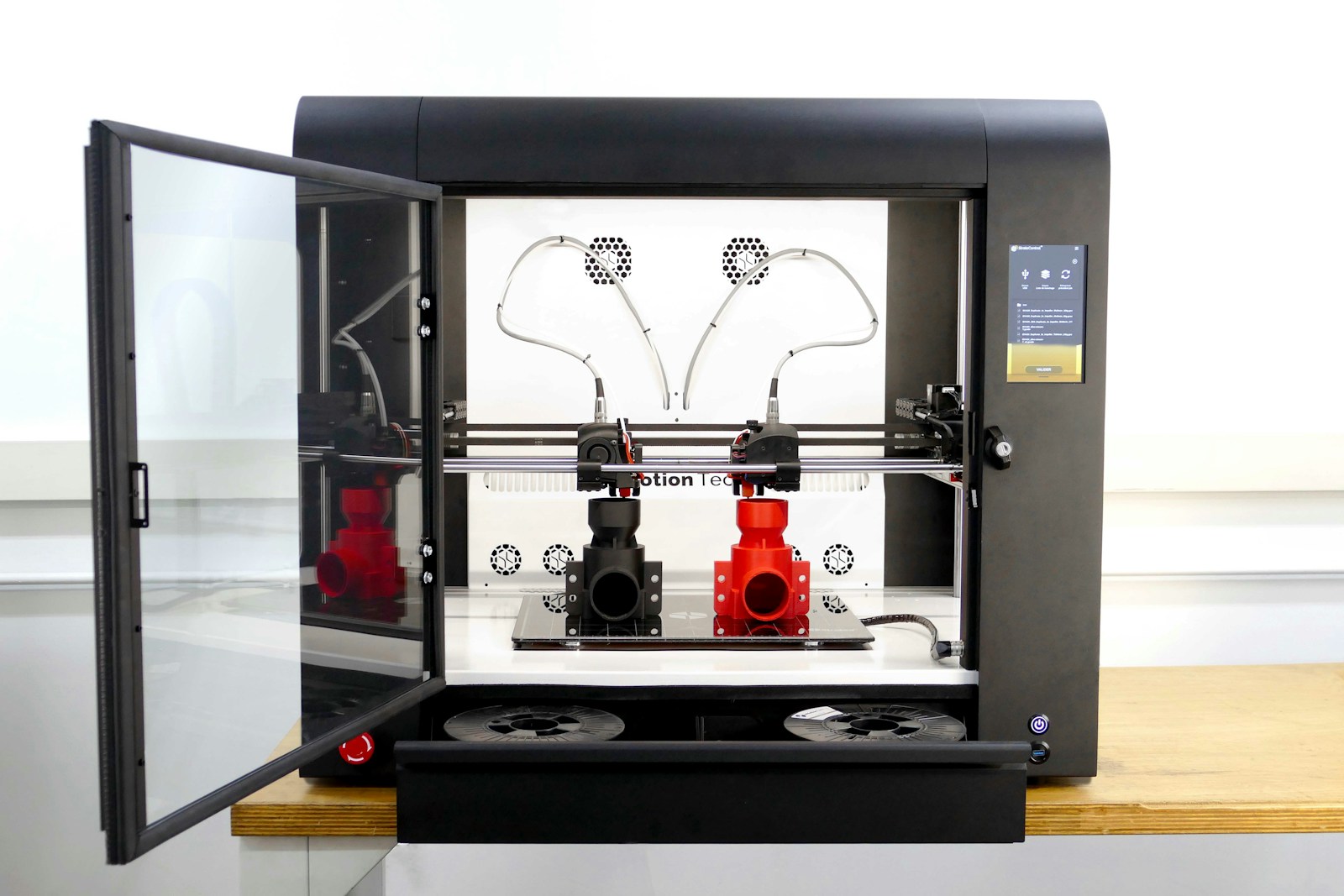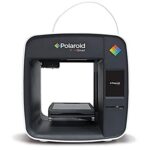3D printers have transformed various industries by making it possible to create objects quickly and affordably. They can produce customized dental tools, prosthetics, organs, and even skin, leading to improved patient care. One of the most important uses for 3D printers is building affordable, sustainable homes, addressing housing shortages.
They aren’t just limited to medical and housing sectors. 3D printers can also produce car parts and other vehicle components, leading to innovative and efficient designs. People are also using them to print musical instruments like ocarinas and whistles.
Different technologies such as Fused Deposition Modeling (FDM) allow for creating parts layer by layer using materials like plastic and metal. This makes 3D printers versatile tools for many kinds of projects, from simple household items to complex engineering components.
Key Takeaways
- 3D printers help create affordable homes, solving housing problems
- They produce medical tools and prosthetics for better healthcare
- This technology can make vehicle parts, improving design and efficiency
Applications of 3D Printing Across Industries
3D printing technology has changed various industries by making designs more efficient and cost-effective. This technological advancement has specific uses in medical treatments, space exploration, automotive manufacturing, fashion design, food production, artistic creation, and everyday consumer goods.
Medical and Healthcare
3D printing is highly useful in the medical field. Prosthetics are one significant use, allowing custom-made limbs that fit perfectly. Dental applications include creating crowns, implants, and braces tailored to each patient. Another breakthrough is printing organs and tissues for transplants or research. These advancements help to save lives and improve patient care. Medical models help doctors plan complicated surgeries by providing a physical model to study before the procedure.
Aerospace and Aeronautics
In the aerospace industry, 3D printing is crucial for making lightweight yet strong components. NASA uses this technology to produce parts for spacecraft, reducing weight and costs. Space-ready tools can be printed on the International Space Station, helping astronauts have the exact tools they need without bringing them from Earth. This method also speeds up the repair process, making space missions more efficient.
Automotive Industry
The automotive industry employs 3D printing for rapid prototyping and the creation of specialized parts. Companies like Ford use it to develop new car models quickly. Parts made by 3D printing can be more lightweight, which leads to fuel savings. Custom parts can be manufactured in small quantities without the high costs usually associated with traditional methods. This innovation also allows for faster testing and modification of car designs.
Fashion and Jewelry
In the world of fashion, 3D printing opens up new possibilities for creating custom shoes and jewelry. Designers can make intricate designs that would be impossible or very costly using traditional methods. Custom-fit shoes can be printed to suit individual needs, improving comfort and style. Jewelry designers use it to craft detailed pieces with unique shapes and textures, enhancing both aesthetics and personalization.
Food Industry
In the food industry, 3D printing is used to create intricate designs with edible materials. Chefs and restaurants can print chocolate sculptures, pizza shapes, and other printed food items for special events. This technology allows for more creativity and precision in food presentation. Restaurants can customize dishes to meet the dietary needs and preferences of their customers, making dining experiences more personalized and innovative.
Art and Sculpture
Artists and sculptors are using 3D printing to create unique models and sculptures that push the boundaries of traditional art forms. This technology lets artists produce pieces with intricate details that are difficult to achieve manually. Large sculptures can be made by printing multiple parts and assembling them. Artists can also use different materials like plastic, metal, and resin to create diverse textures and finishes.
Consumer Goods and Personal Products
For consumer goods, 3D printing helps to create personal products like phone cases, home décor items, and customized gifts. This method allows for small production runs without the high costs of traditional manufacturing. Consumers can order unique, custom-made items that fit their specific tastes and needs. This technology brings a higher level of customization to ordinary products, making everyday items more personal and special.
Technological Advancements and Manufacturing Techniques
Recent advancements in 3D printing have revolutionized various industries. Understanding the different technologies, materials used, and comparisons with traditional methods can help appreciate the impact of 3D printing.
Types of 3D Printing Technologies
Different types of 3D printing technologies are used based on the project needs. Fused Deposition Modeling (FDM) uses a plastic filament, melted and layered to create objects. It is common due to its simplicity and cost-effectiveness. Stereolithography (SLA) uses a liquid resin cured by a UV laser. It creates high-detail and smooth parts. Selective Laser Sintering (SLS) involves a laser that fuses powdered materials like plastic, metal, or ceramic. It is suitable for durable parts. Direct Metal Laser Sintering (DMLS) and Electron Beam Melting allow for metal parts with complex geometries, making them valuable in aerospace and medical sectors.
Materials Used in 3D Printing
The materials used in 3D printing are diverse. Plastic is the most common due to its versatility and low cost. Polymers like polyamide powders are also widely used. Metals such as titanium, aluminum, and steel enable the creation of strong, lightweight components. Powders, either polymer or metal, are used in technologies like SLS and DMLS. Liquids like resin are used in SLA and Digital Light Processing (DLP) techniques. These materials expand the range of applications from simple prototypes to functional final products.
Comparison with Traditional Manufacturing Methods
3D printing offers unique advantages over traditional methods. Traditional Injection Molding is efficient for mass production but requires expensive molds. 3D printing does not need molds, making it ideal for small batches and custom items. Rapid Prototyping is a key benefit, allowing designers to create and test prototypes quickly and affordably. Traditional methods often have limitations in creating complex shapes. In contrast, 3D printing can produce intricate designs that would be impossible or very costly with traditional techniques. This flexibility supports innovation and accelerates product development cycles.
Frequently Asked Questions
3D printing has many uses, from creating household items to transforming medical practices. This section answers common questions about practical applications of 3D printing.
What are common household items that can be created using a 3D printer?
3D printers can make items like phone cases, utensils, and toys. They can also produce custom parts for repairs around the house.
How can entrepreneurs utilize 3D printing for commercial purposes?
Entrepreneurs can create prototypes quickly, saving time and money. They can also produce customized products in small batches, meeting specific customer needs.
In what ways is 3D printing revolutionizing medical manufacturing and patient care?
3D printing allows for the creation of custom prosthetics and dental implants. It’s also used to print organs and tissues for research and potential transplants.
Can you provide examples of innovative products designed through 3D printing technology?
Innovative products include custom sneakers, lightweight vehicle parts, and complex architectural models. 3D printing also enables the creation of intricate jewelry designs.
What are practical applications of 3D printing in educational or professional settings?
In education, 3D printers help students learn about engineering and design. Professionals use them to create prototypes, tools, and parts for various projects.
How has 3D printing technology impacted the creation of prototypes and models for various industries?
3D printing speeds up the prototype process, allowing for rapid testing and iteration. It is used in industries like automotive, aerospace, and fashion to create accurate models.







